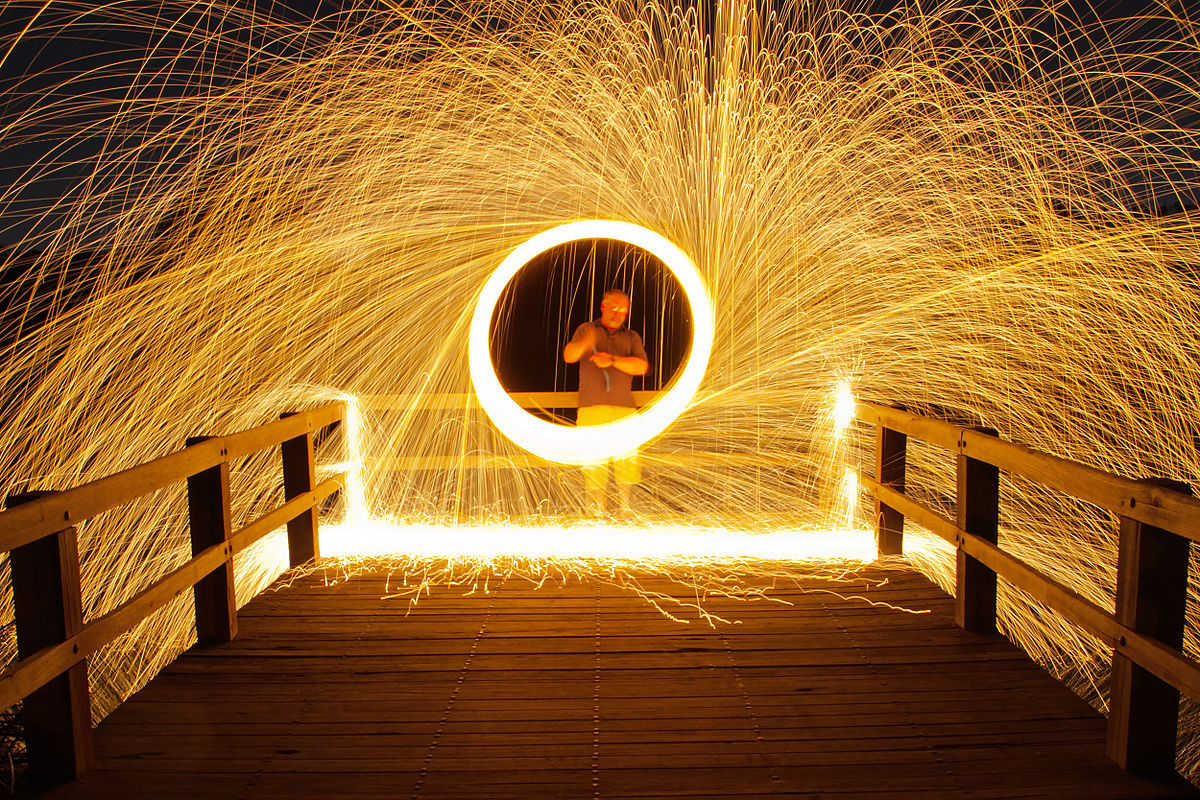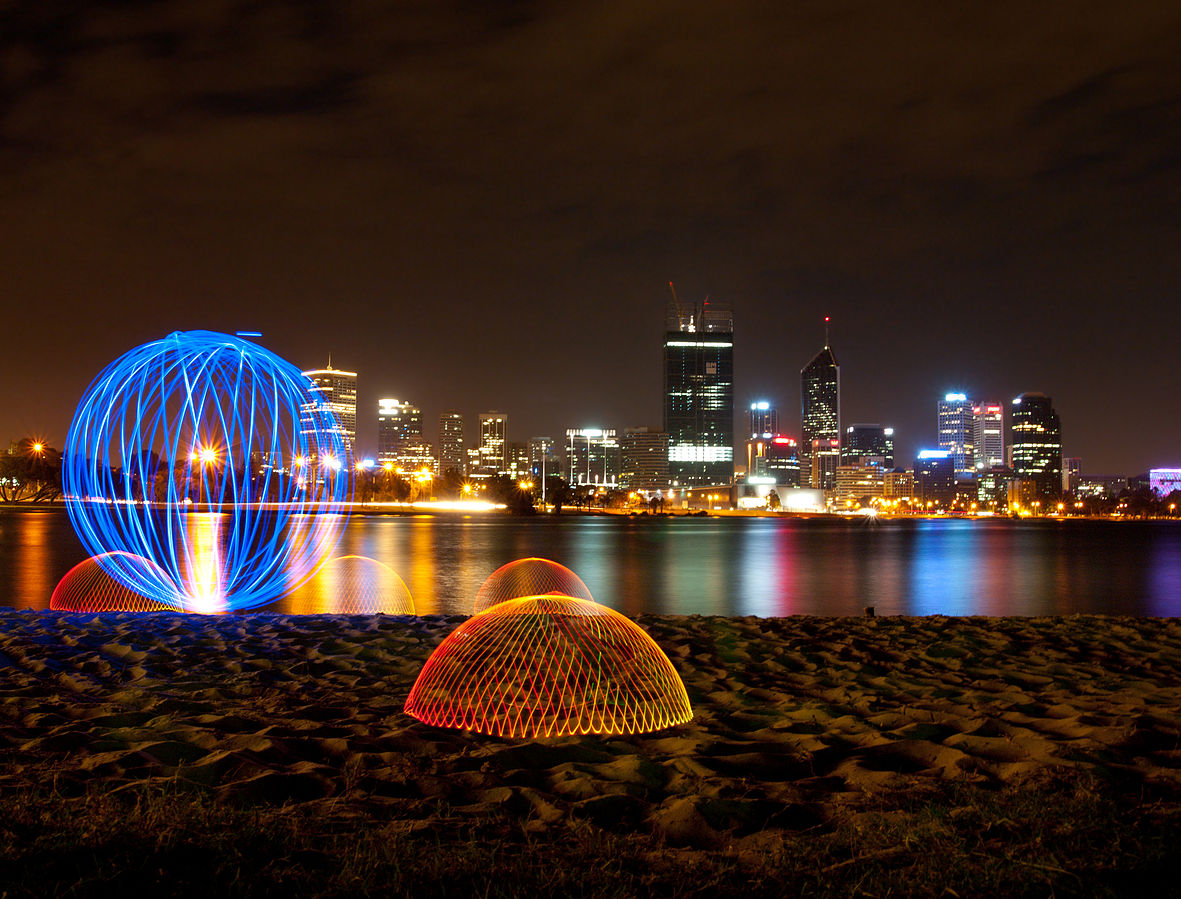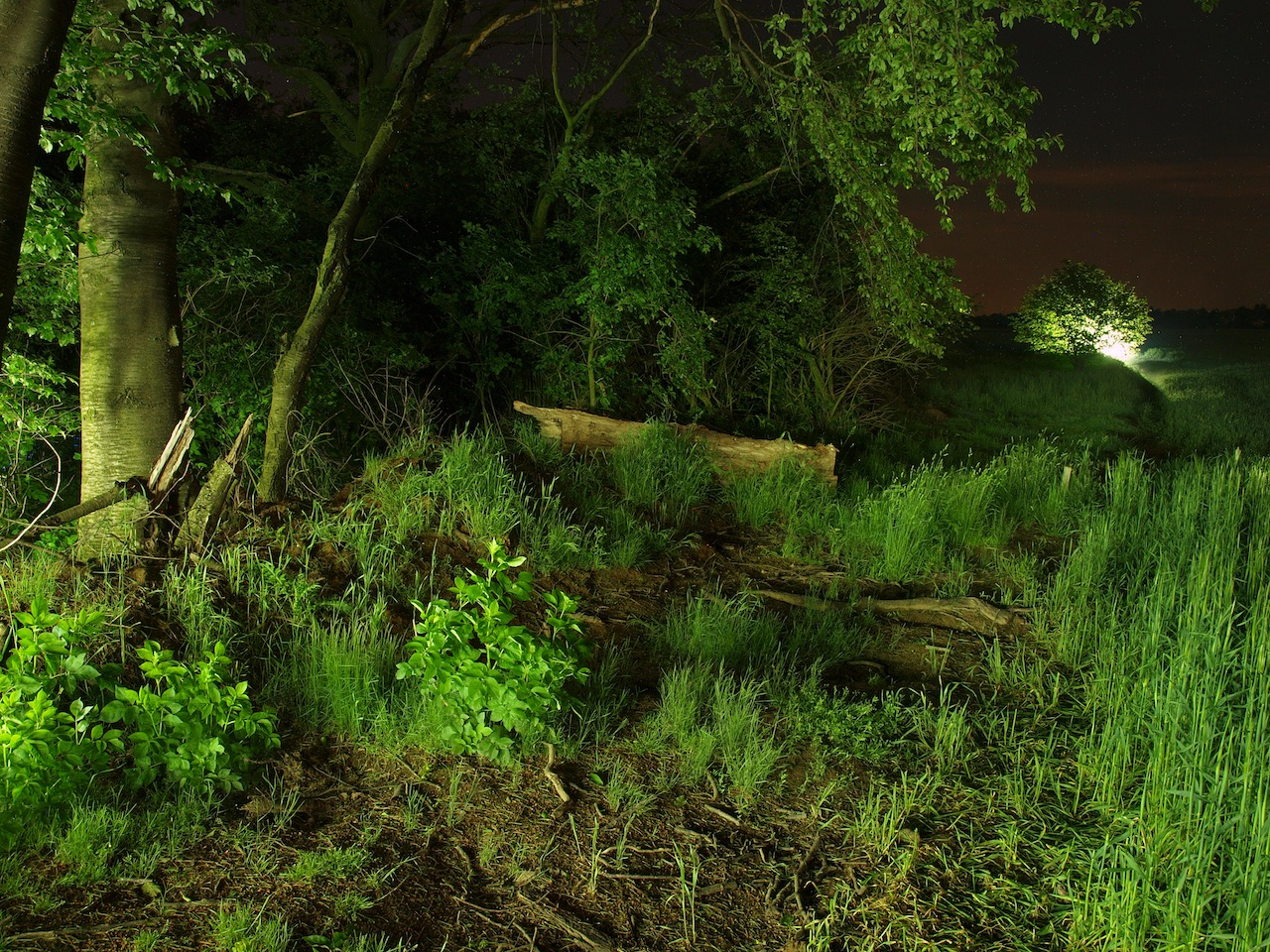Light painting is a photographic technique in which exposures are made by moving a hand-held light source or by moving the camera. The term light painting also encompasses images lit from outside the frame with hand-held light sources. Light Painting Photography can be traced back to the year 1914 when Frank Gilbreth, along with his wife Lillian Moller Gilbreth, used small lights and the open shutter of a camera to track the motion of manufacturing and clerical workers. Man Ray, in his 1935 series "Space Writing," was the first known art photographer to use the technique. Photographer Barbara Morgan (right) began making light paintings in 1940.
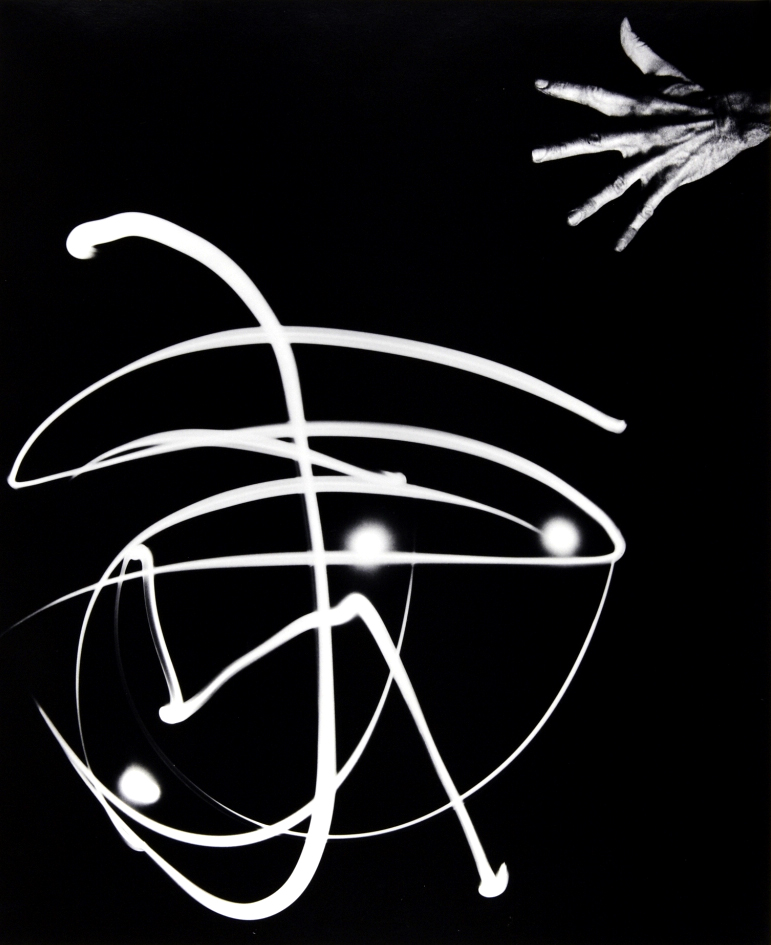

Light Drawing is shining a light source to "draw" a picture by shining it directly into the camera lens. Light drawing requires a slow shutter speed, usually a second or more. Light drawing can take on the characteristics of a quick pencil sketch.
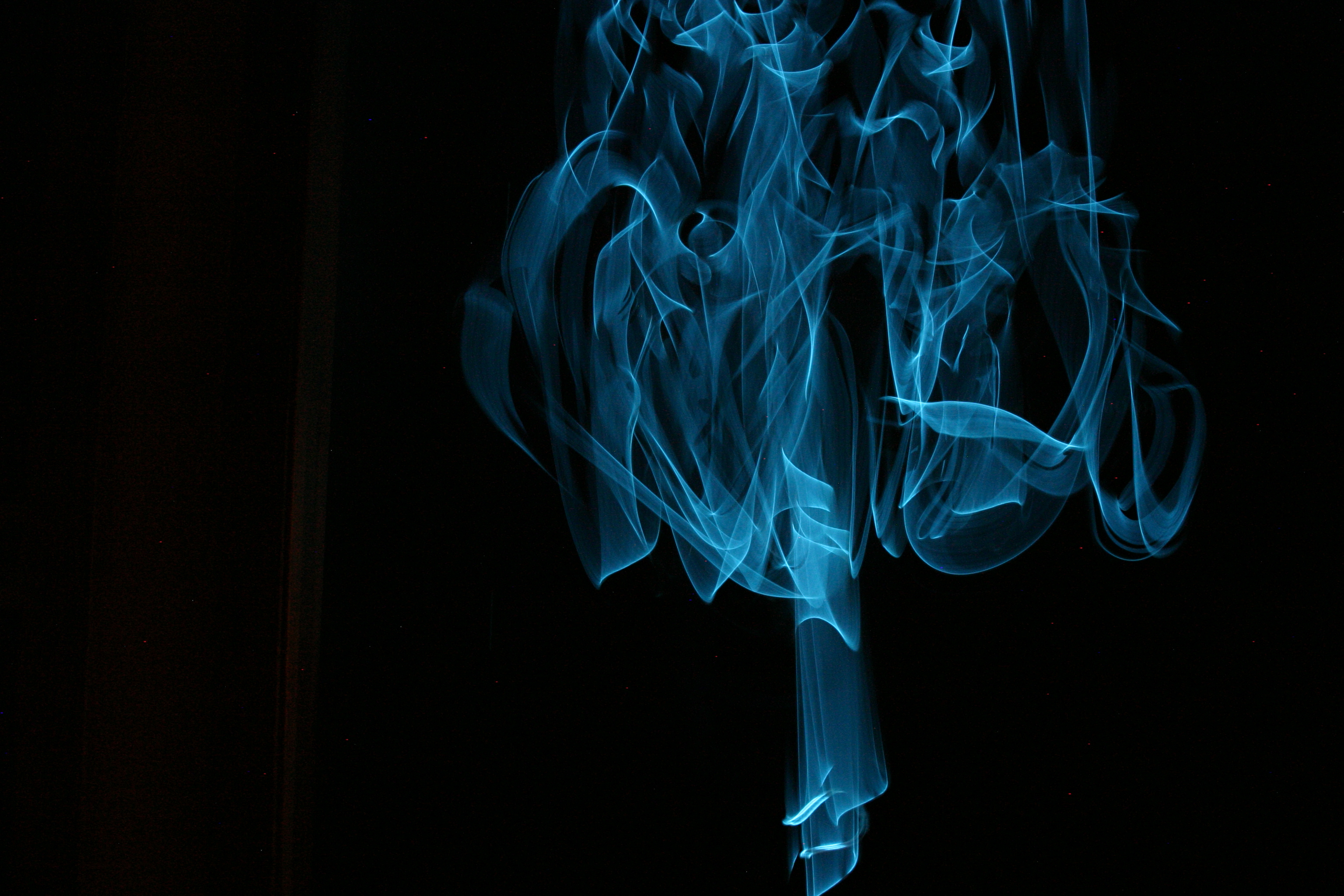
Light Painting is using handheld lights to selectively illuminate and/or color parts of the subject or scene. Light painting requires a slow shutter speed, usually a second or more. Light painting can take on the characteristics of a traditional painter working with oils, acrylics, or water colors.
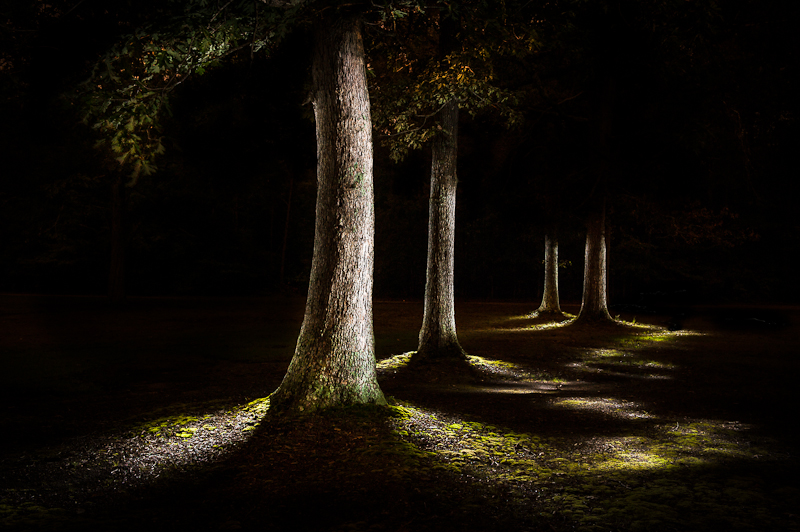
Kinetic Light Painting by moving the camera, also called camera painting, is the antithesis of traditional photography. At night, or in a dark room, the camera can be taken off the tripod and used like a paintbrush. An example is using the night sky as the canvas, the camera as the brush and cityscapes (amongst other light sources) as the palette. Putting energy into moving the camera by stroking lights, making patterns and laying down backgrounds can create abstract artistic images.
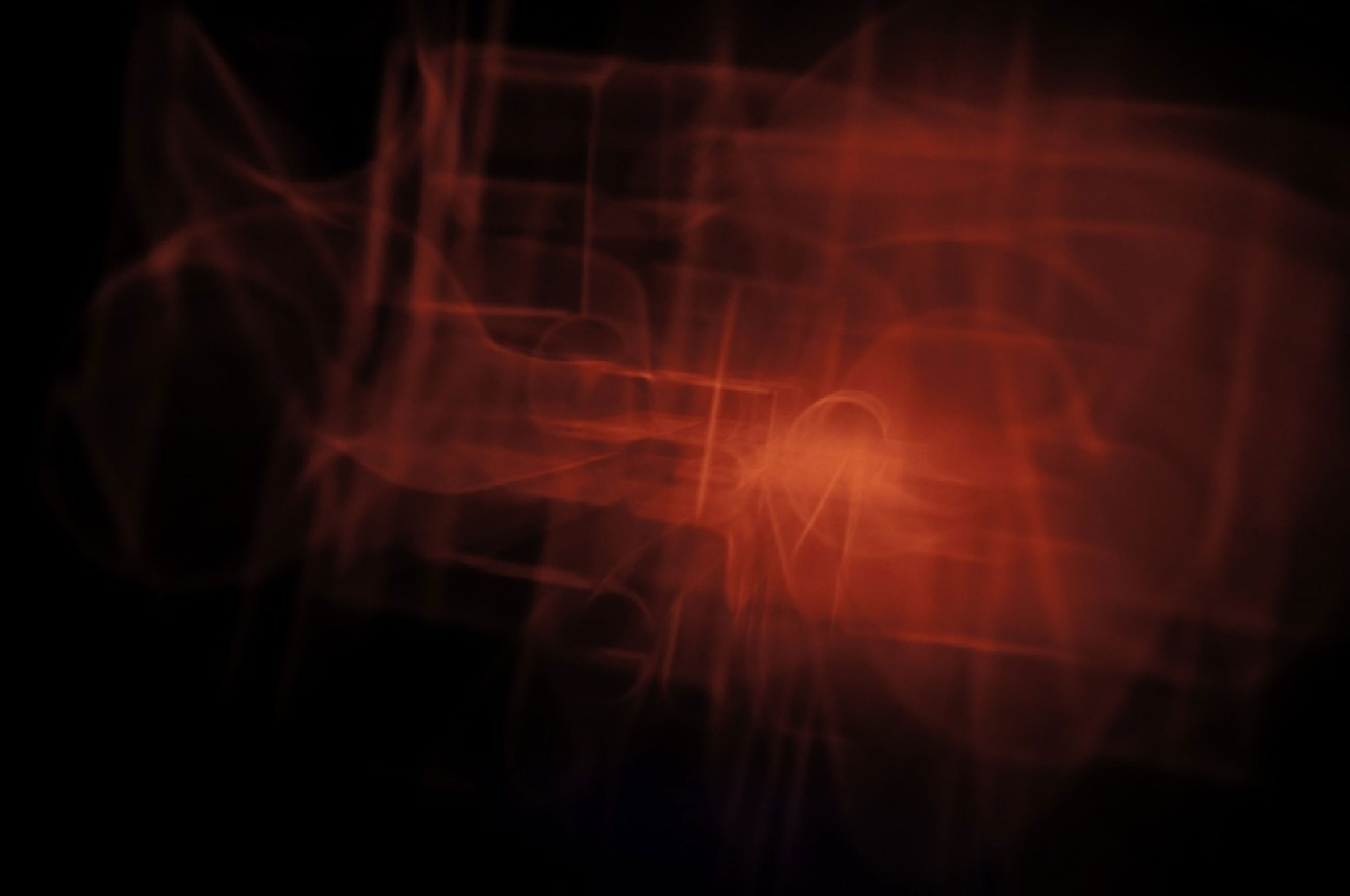
A variety of light sources can be used, ranging from simple flashlights to dedicated devices like the Hosemaster, which uses a fiber optic light pen. Other sources of light including candles, matches, fireworks, lighter flints, glowsticks, and Poi are also popular.
A tripod is usually necessary due to the long exposure times involved. Alternatively, the camera may be placed on or braced against a table or other solid support. A shutter release cable or self timer is generally employed in order to minimize camera shake. Color Gels can also be used to color the light sources.
Some Light Painters make their own dedicated devices to create light trails over the photo background. This can include computer-controlled devices, such as the 'Digital Light Wand' pioneered by US Light Painter Mike Ross. This Arduino controlled LED array can render images that could not be done by just drawing in the air with a single light source.

